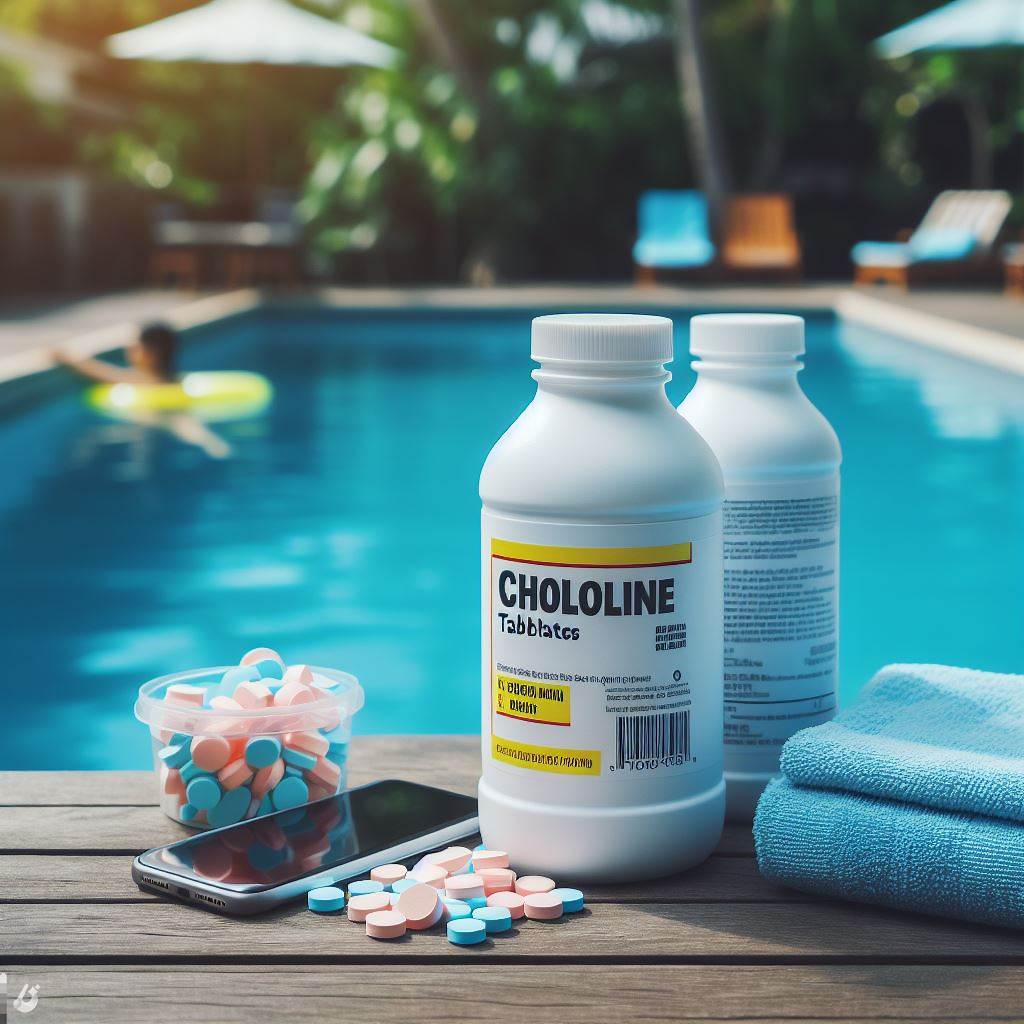As summer approaches, backyard pools and community aquatic centers become havens for relaxation and fun. However, maintaining a clean and safe swimming environment is paramount, and pool chlorine tablets play a pivotal role in this endeavor. But with so much misinformation and misconceptions surrounding their use, we’re here to demystify the facts and answer the top five cleaning and safety questions you must know about pool chlorine tablets.

I. What Exactly Are Pool Chlorine Tablets, and How Do They Work?
Pool chlorine tablets, also known as trichlor or dichlor tablets, are a convenient form of chlorine designed specifically for pool water disinfection. They gradually dissolve in your pool’s water, releasing active chlorine ions that attack and neutralize harmful bacteria, viruses, and algae. This continuous release mechanism ensures consistent water sanitation, reducing the need for frequent manual additions of chlorine.
Transition:
Understanding the basics sets the stage for our next question, which delves into the importance of choosing the right type.
II. How Do I Choose the Right Chlorine Tablet for My Pool?
Selecting the appropriate chlorine tablet depends on several factors, including your pool’s size, water chemistry, and personal preferences. Trichlor (trichloroisocyanuric acid) and dichlor (sodium dichloroisocyanurate) are the two most common types. Trichlor tablets are more stable in sunlight and tend to last longer, making them ideal for outdoor pools. Dichlor tablets, on the other hand, dissolve faster and might be preferable for smaller pools or those requiring quick chlorine boosts. Always consult your pool owner’s manual or a pool professional for guidance on the right choice.
Transition:
Now that you’ve picked the right tablet, let’s talk about proper usage to ensure optimal results.
III. How Do I Properly Use Pool Chlorine Tablets?
Proper usage starts with storing your tablets in a cool, dry place out of direct sunlight to preserve their potency. When ready to use, follow these steps:
1. Feeder System:
Many pools have automatic feeder systems designed specifically for chlorine tablets. Ensure the feeder is clean and free of debris before inserting tablets. Follow manufacturer instructions for the number of tablets required based on your pool’s size and water volume.
2. Direct Dispensing:
If you don’t have a feeder, you can disperse tablets directly into your pool’s skimmer basket or a floating dispenser. Again, adjust the quantity based on your pool’s needs and test water regularly to maintain the desired chlorine level.
3. Transition:
With proper usage in place, it’s crucial to monitor the effects of your chlorine tablets to avoid over- or under-chlorination.
IV. What Are the Signs of Over-Chlorination, and How Can I Prevent It?
Over-chlorination, or “chlorine shock,” can occur when too much chlorine is added to the pool water. Signs include a strong chlorine odor, red eyes, skin irritation, and potentially discolored swimsuits. To prevent this:
1. Regular Testing:
Use a pool water test kit to monitor free and total chlorine levels. Aim for a free chlorine level of 1-3 ppm (parts per million) and keep total chlorine levels in check to ensure they don’t exceed safe limits.
2. Balance Water Chemistry:
Maintaining proper pH (ideally 7.2-7.8) and alkalinity levels helps prevent chlorine from becoming ineffective or too aggressive.
3. Avoid Overdosing:
Be cautious when adding tablets, especially during periods of heavy use or after rainstorms that can dilute chlorine levels.
4. Transition:
Now, let’s address the concerns around safety, a topic that should never be overlooked.
V. What Safety Precautions Should I Take When Handling Pool Chlorine Tablets?
Safety always comes first when dealing with pool chemicals. Here are some essential precautions:
1. Wear Protective Gear:
Always wear gloves, goggles, and protective clothing when handling chlorine tablets to prevent skin and eye contact.
2. Ventilate the Area:
Work in a well-ventilated area to minimize exposure to chlorine fumes.
3. Store Safely:
Keep tablets out of reach of children and pets, and in a locked, child-resistant container.
4. First Aid Knowledge:
Familiarize yourself with basic first aid procedures for chlorine exposure, including rinsing affected areas with water and seeking medical attention if necessary.
Conclusion:
Pool chlorine tablets are essential tools for maintaining a clean and safe swimming environment. By understanding how they work, choosing the right type, using them properly, monitoring water chemistry, and adhering to safety precautions, you can enjoy a safe life.

 Instant
Quote
Instant
Quote Email
Us
Email
Us